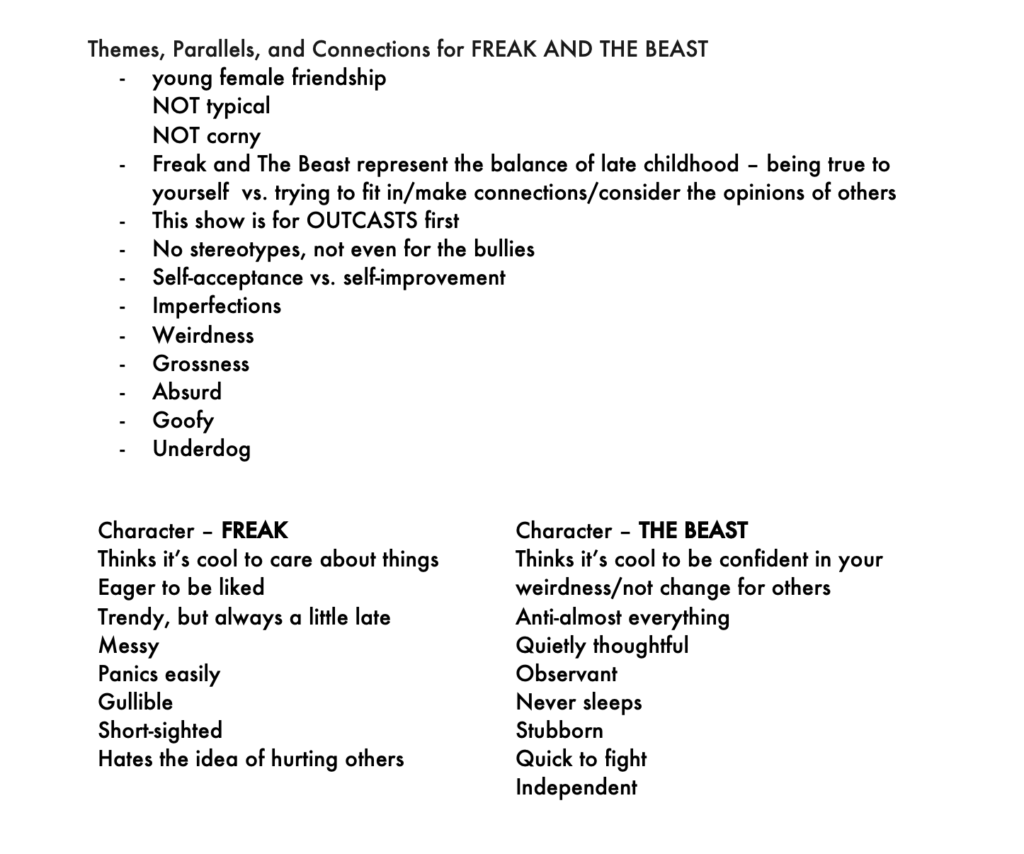
During my research into Virtual Reality this week, I learned a lot about how educational the resource can be when utilized correctly. For some background into the field, Virtual Reality has actually existed since the 1950’s when Morton Heilig created this room called a Sensorama – basically a movie theatre that utilized all five senses. Later in the 60’s a professor at MIT would make the first VR helmet that we think of today, with the awesome name “The Sword of Damocles” (even though it was technically too heavy to wear on its own and had to be hung from the ceiling). The idea gained popularity and even groups like NASA began to experiment with virtual reality, although most were basic approximations because the technology of the 70’s, 80’s, and even 90’s (with the beautiful mess that is Nintendo’s Virtual Boy) was simply not there yet to recreate a true sense of “reality.”
By the mid 80’s and 90’s virtual reality had been picked up by smaller groups who all thought they could do it better, in particular video game companies who thought they could revolutionize how we game. Needless to say they were all terrible. My favorite particularly bad headset was Nintendo’s Virtual Boy, which used only blinding red LED lights in a sort of “virtual depth” experience theorized to cause migraines and lazy eyes in children. On top of all that it still used a controller and was stationary, so not exactly the virtual reality they were advertising it to be. I include this as a note to myself on what Not to do in my game – don’t make a game that’s physically hard to look at, don’t rush out a product, and don’t make something that no one wants.

Today the website Virtual Reality For Education collects articles about the multitude of ways Virtual Reality can stimulate our learning experiences, from teaching about natural disasters by putting the player in the middle of tornado touchdown to training public speaking skills by placing the player in an professional office setting (http://virtualrealityforeducation.com/). It can be used by medical students or professionals to study human anatomy hands on and to scale rather than reading about it in a textbook, or help autistic children learn in a ways catered to their specific needs. The versatility and usability of VR has bloomed in the last decade, but when it comes to its application as a game console the same can’t be said. While some like the Oculus Rift have been popular, they’re still not mainstream due to high prices and lack of a larger game library. Therefore, the application of virtual reality as an educational device is what my project should focus on to be the most successful it can be. While I’m still making a game, the cryptid museum will educate and thereby lean into what makes VR worth the time to implement. Further, by knowing the past of VR we can peer into its future – it’s obvious humans are entranced by virtual reality and its a concept we’ve returned to over the past seven decades. I don’t see it going out of interest any time soon, especially not as technology develops exponentially closer to our concept of “reality.” Maybe VR is not in its prime yet and its technology still needs a decade or two to refine itself, but smaller niche studies have tapped into its potential as a way to relearn reality. Hopefully the use of virtual reality in my cryptid museum can allow the player, even for just a minute or two, to relearn their reality.
